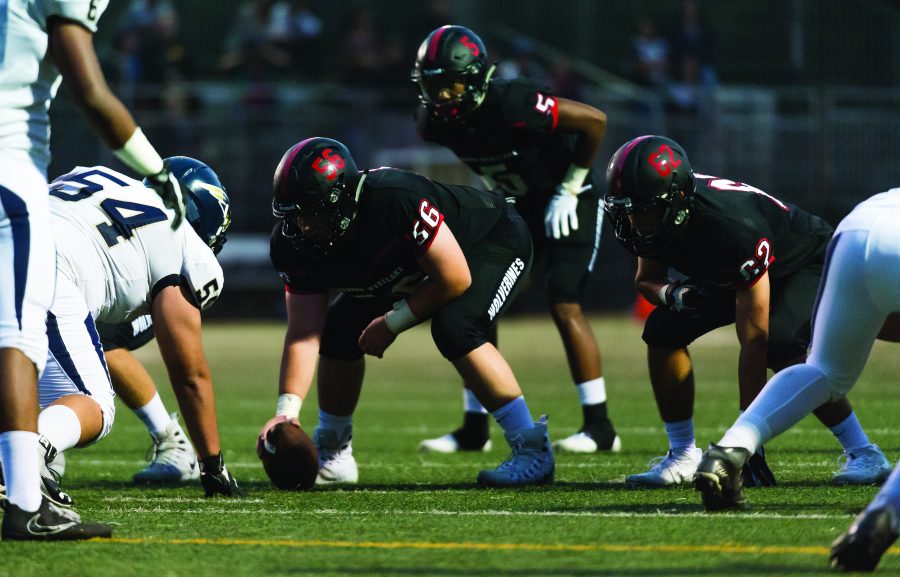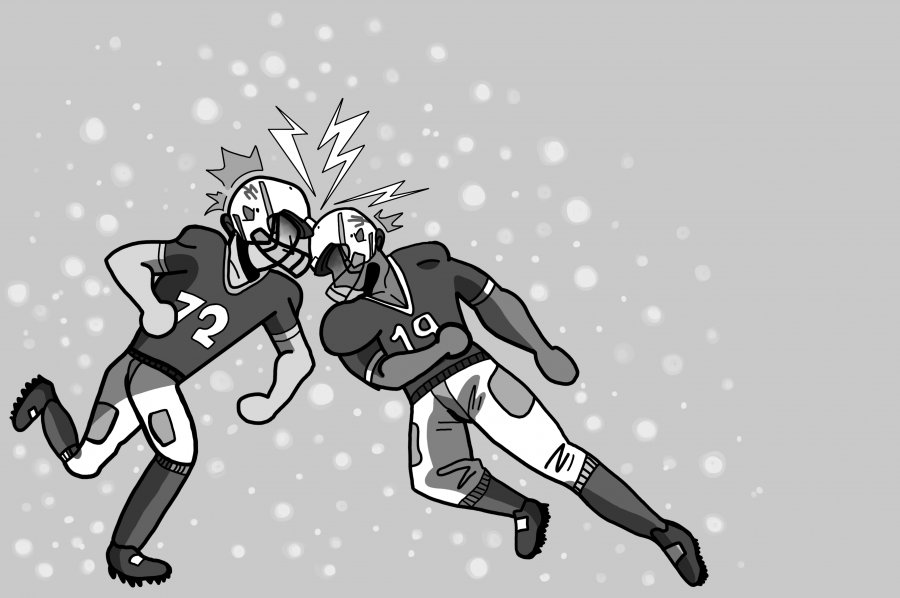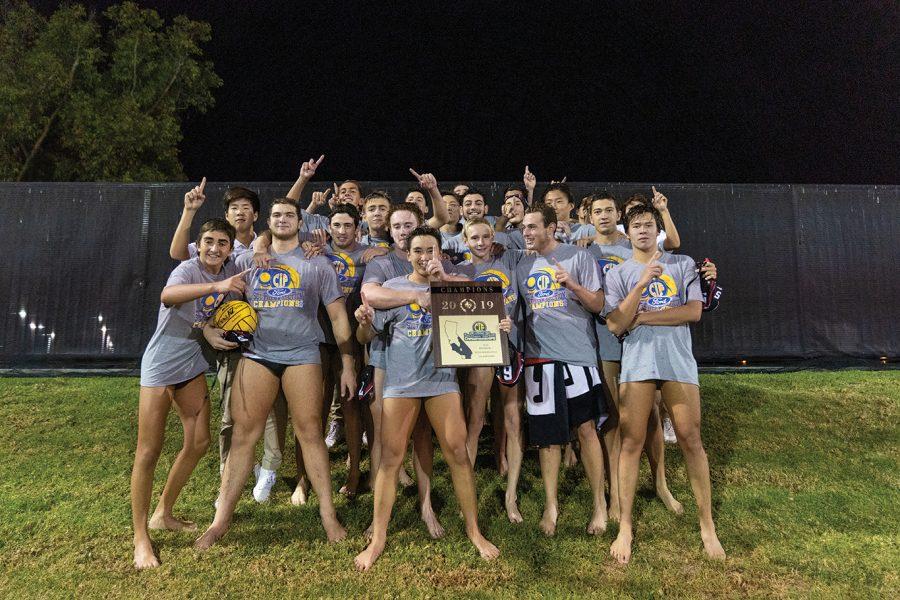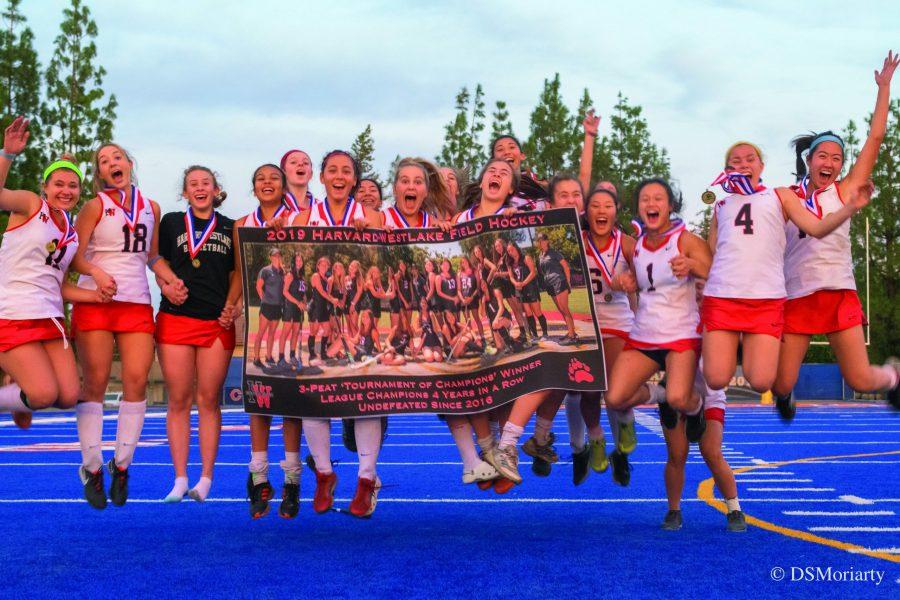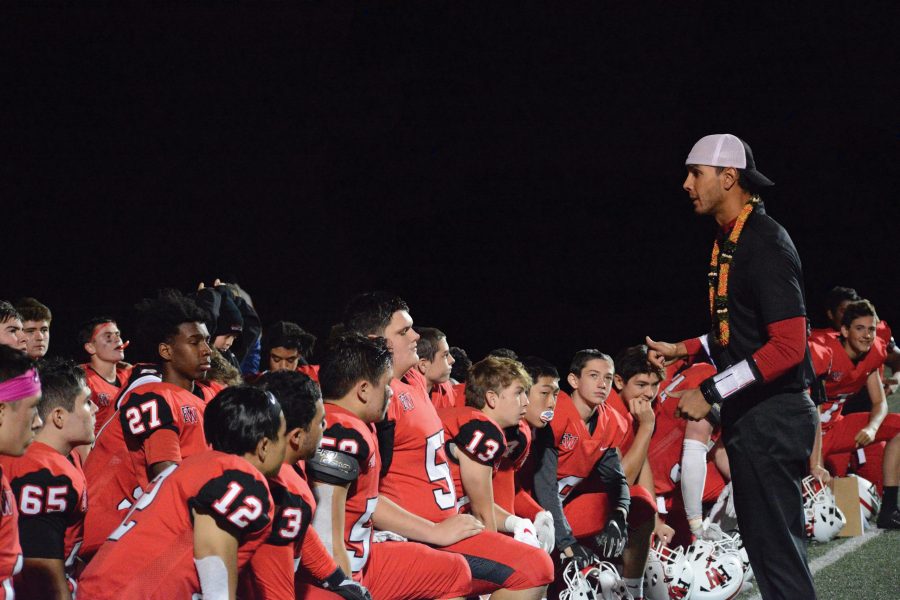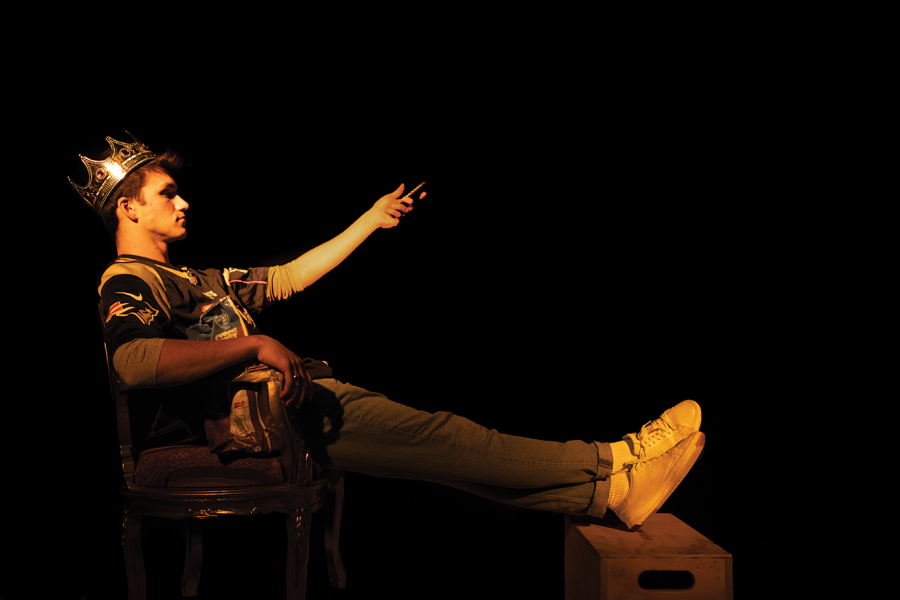With just a few minutes remaining in the second quarter of the football team’s second game of the season against Jefferson, the Wolverines led 20-6. Even in the evening, it was a scorching 90 degrees out.
The Democrats were making their final push towards the end zone before the half. Jefferson’s Vel Harvey took a handoff and made a push through the Wolverine’s line until he was brought down hard. He stayed on the ground. After being helped up, Harvey ripped off his helmet, bent over and threw up on the 10-yard-line.
“It may have been attributed to the heat,” Director of Sports Medicine Brian Gallagher said. “I think there were a lot of factors that played into it, just the exertion, the heat and then what he ate, absolutely. But overall I think the heat definitely played a part in it.”
While the Jefferson team was unaccustomed to the high temperatures of Studio City, the Wolverines had been practicing in it for months. Not only had the team been practicing throughout the summer, but also during the scorching first weeks of the school year. During the training period, there were instances during which the team could not practice outdoors due to the intense heat.
“The only days with extreme heat have actually been when school started, there were two weeks in early to mid September,” Gallagher said. “I’d say between 10 and 12 days. We actually cancelled practice once, we pushed practice until later in the evening for when the heat index decreased. The other days we went to strictly walkthrough, and then one day we went inside because the gym was available.”
The players said they agreed with the decision to change practices in order to protect the athletes.
“We’ve definitely had times when we weren’t allowed to practice, so we’ve practiced inside and it would just be a walkthrough,” offensive lineman Liam Douglass ’18 said. “Brian [Gallagher], and the whole strength and conditioning staff do a great job with that. And Brian [Gallagher] is fantastic, when we had that week-long stretch where it got pretty hot outside, his first course of action was to make sure that kids were ok, and making sure he was doing everything he could to provide us with a place to practice safely.”
The decision to alter practices in the past has ultimately come from the athletic trainers, with the cooperation of the coaches.
“It was my decision along with the athletic directors,” Gallagher said. “I talked to them about my concerns, and then collectively we talked to the coaches, and the coaches have been really supportive of it. Obviously everyone wants the health and safety of their student athletes to be number one priority.”
According to the Center for Disease Control, high school football players are the most vulnerable group when it comes to heat-related illnesses. Football players in particular are on average 10 times more likely to suffer from these types of injuries.
As the trainers understand the risks that come with practicing and playing in extreme temperatures, Head Coach Scot Ruggles also understands, and said that the safety of the athletes is the most important thing when it comes to practicing in the heat.
“We went indoors and did walk through practices when it was really hot, we always do what the trainers say,” Ruggles said. “The kids’ health is always our top priority.”
While the trainers and the coaching staff ultimately made the decision to change the practice routine, CIF also has guidelines regarding practicing in the heat, specifically regarding heat acclimatization.
CIF rules state that the “intensity and duration of exercise should be gradually increased over a period of 7-14 days to give athletes time to build fitness levels and become accustomed to practicing in the heat. Protective equipment should be introduced in phases (start with helmet, progress to helmet and shoulder pads, and finally fully uniform).”
While many may view the CIF rules as limiting, Gallagher said that he believes the rules are ultimately beneficial for safety purposes.
“I think the acclimatization period that the CIF establishes is actually really good to get a baseline for the student athletes in the summer where they’re not allowed to go in pads, and then they go in helmets, and then they go helmets and shoulder pads, and then they go full pads,” Gallagher said. “So the student athletes by and large are better acclimated than anyone else to perform in the heat.”
Additionally, Gallagher said that when it comes to the safety of student athletes, there is no room for error.
“For student athletes it gets harder because they’re obviously in padding and then exerting themselves a lot, but you have to make adjustments and safety is always the first thing on everyone’s minds,” Gallagher said. “You have to err on the side of caution.”
As a result of the rising temperatures and potential dangers that it could bring, the trainers have acquired new technology to help athletes recover.
“We actually got two new indoor cold therapy tanks that we can use cold water immersion that are temperature controlled inside if we think anyone is suffering from a heat issue,” Gallagher said. “We treat everyone as if they could potentially have sickle cell disease, because it’s not like in the NCAA where it mandates sickle cell testing, they don’t do that at the high school level, so if someone is starting to have difficulties, you have to assume the worst case scenario and act accordingly.”
Douglass said that although temperatures have been high lately, the team has continued to work hard in practice and is staying focused on winning.
“Obviously there’s a huge difference between practicing at 70 degrees and practicing at 90, but we try not to let it impact our practice at all,” Douglass said. “At the end of the day, you want to have a practice that’s stronger than the last one, you want to build on each of the practices that you’ve had. So if you want to have a practice that’s strong or better than the one you had previously, then I think the weather is just not an excuse for having a bad practice. We try not to let it affect us.”



































